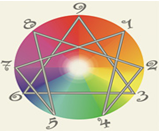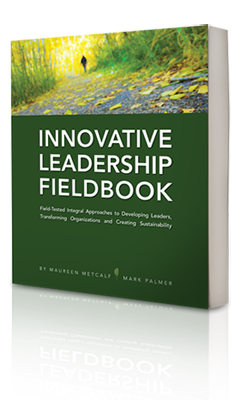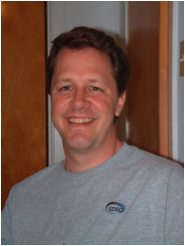Assessing your Strengths – Eric’s Story
 I’m Eric Philippou, and I’m writing this blog as part of my college internship at ILI.
I’m Eric Philippou, and I’m writing this blog as part of my college internship at ILI.
Now that you’ve created a compelling future vision, it is time to move to the next step in becoming an innovative leader and successful college student – analyzing your situation and strengths.
In this section, you will take several assessments to identify what you do well and where you can improve. As you discover your strengths and weaknesses, you must focus 80% of your effort on maximizing your strengths and 20% on improving your weaknesses.
By combining your vision with an understanding of current abilities, performance, and personality type, you will become more aware of strengths, weaknesses and how others see you. The assessment data should help you determine the space between your current state and your vision. Some of them will require you to spend money,
Assessment Tools
You will use a combination of assessment tools to get a broad range of knowledge about how you and others see you. You will assess your personality type, developmental perspective, resilience, competency, and organizational vibrancy. All of these assessments are scientifically designed and validated. I’ve taken all of these and can assure you they are helpful.
Personality Type: Enneagram
Once you understand your personality type, it will be easier to take the other assessments. For this, we recommend the Enneagram assessment. Their website has a free assessment version, but I used the $10 version for maximum results.
- My top personality type was Type 9 – the Peacemaker: easy-going, receptive, reassuring, agreeable, and complacent. I scored a 24 for this type.
- I also scored 20 for both the Achiever and Individualist types.
Resilience: ILI’s Assessment Tool
Resilience is a highly underestimated factor in becoming successful. Mental toughness is what prevents you from quitting. Metcalf & Associates developed an assessment tool to help determine and increase your resilience. It considers physical, mental, emotional, and interpersonal behaviors. It is free, and you can find it by clicking here.
- My Physical, Mental, Emotional, and Interpersonal scores were 28/35, 42/50, 36/40 and 33/35.
Competency Assessment: Clifton StrengthsFinder
Further identifying your strengths is important for becoming successful. The Clifton StrengthsFinder assesses your top five “themes” and puts them into four domains of leadership strength (executing, influencing, relationship building, and strategic thinking). You must purchase the Strengths-Based Leadership book to get the access code to take the assessment. The assessment provides an in-depth analysis of your top five “themes”, or strengths. I received pages and pages of information about how to work with my strengths effectively.
- My top five themes are Strategic, Achiever, Competition, Learner, and Focus.
Organizational Vibrancy: ISC Experience of Relational Abundance Survey
Vibrancy refers to the positive feelings associated with places we love to go, conversations we love to have, and people whose presence we enjoy. This assessment will allow you to describe your vibrancy in any group or organization you choose. It looks at both the organizations in which you work and your preferences. Click here to access the free vibrancy assessment. By identifying how vibrant your group is, you see where you are strong and where you can improve. For my survey, I chose the Ohio State varsity fencing team, which I am a member of.
- After the assessment, my experience of this group was described as “an experience of your own fullest potential, being seen and supported by another, in a group that collaborates, where the source of creativity is everywhere, and you can translate what you imagine into reality.” It says that our group can accomplish any task in our field. “You might ask yourself and the group, ‘is this the best we can do?’”
- The assessment provided me with much more detailed advice about how my group can improve.
This marks the end of my assessment scores. In the next post, I will synthesize all of these scores using an analysis tool called a Strengths, Weaknesses, Opportunities, and Threats (SWOT) analysis. This tool will help me put all of the scores together and begin to figure out how to use this information.


